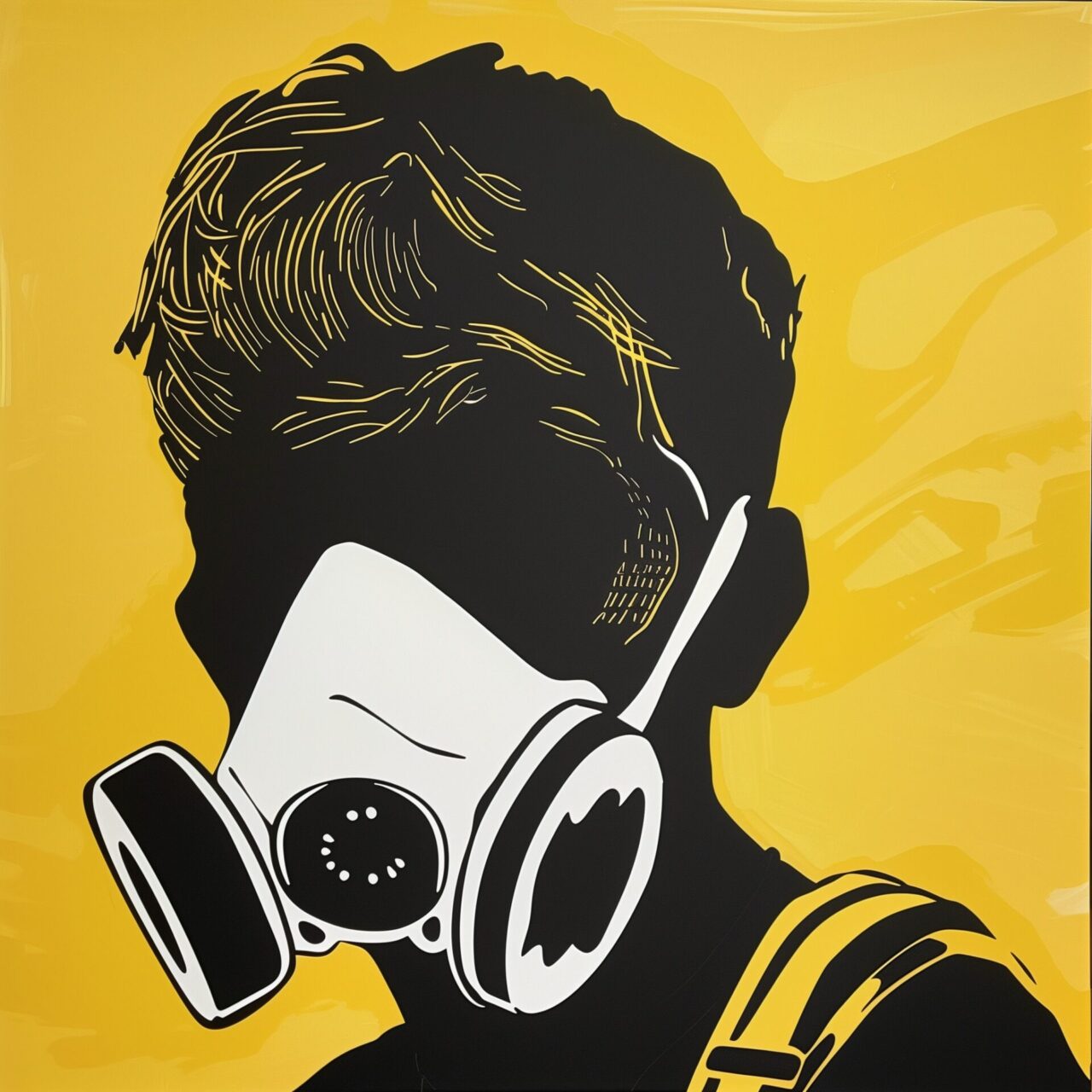
Dystopia’s midwife
In the world of dystopian literature and film, environmental disasters often serve as grim backdrops for societies on the brink of collapse. These narratives are not only thrilling entertainment, but also astute social commentaries that force us to reflect on the potential consequences of human ignorance and environmental abuse.
The mirror of reality in fictional distortion
Dystopian works such as Cormac McCarthy’s “The Road”, Margaret Atwood’s “Oryx and Crake” or films like “Blade Runner 2049” use ecological apocalypses to raise deeper questions about ethics, the struggle for survival and human nature. In “The Road”, the earth is devastated by an unspecified global catastrophe that keeps all life on the brink of extinction. Atwood’s novel, on the other hand, focuses on a genetically modified plague that decimates humanity and introduces a new, genetically modified species.
Technological hubris and ecological fall
These stories warn of a future in which today’s environmental problems – climate change, loss of biodiversity, water shortages – escalate and lead to irreversible damage. The film “Blade Runner 2049” expands on this vision by depicting a world in which ecological destruction is exacerbated by technological overdevelopment, leading to a society characterised by artificial humans and a permanently grey, sterile environment.
The lessons of dystopia
The artistic depiction of environmental catastrophes in dystopian settings serves as a didactic tool that teaches us to recognise the connection between our current behaviour and the possible dark futures. These stories are metaphorical predictions that paint a world in which nature exists only as a distant memory, and they appeal to our collective conscience to take action before it is too late.
The role of technology
In many dystopian works, technology is both saviour and destroyer. It offers solutions to some of the most pressing environmental problems, but at the same time contributes to exacerbating them. Films like “Snowpiercer”, in which the world has been turned into an icy wasteland and the last survivors live on a train travelling forever around the earth, show how technology is used as a last resort to preserve humanity, but also how it perpetuates social inequalities.
Ironic twists and sharp criticism
The ironic depiction of these dystopian worlds offers a sharp critique of our current environmental consciousness and priorities. By exaggerating the consequences of our actions, these narratives hold a mirror up to us and challenge us to think about the long-term consequences of our choices.
Dystopian narratives are therefore not just entertainment; they are a critical, almost prophetic commentary on our societies today. They offer a narrative field of experimentation in which the bleakest futures are played out to open our eyes to the need for profound changes in the way we interact with our world.


